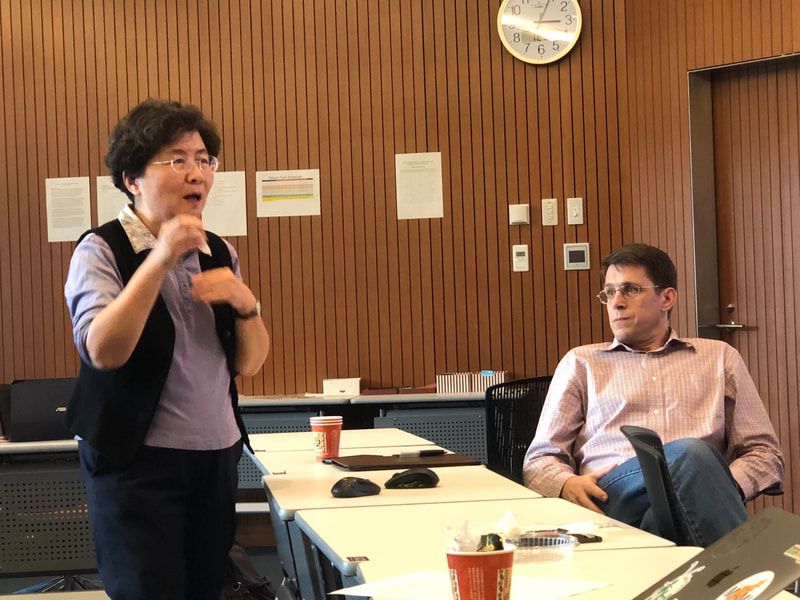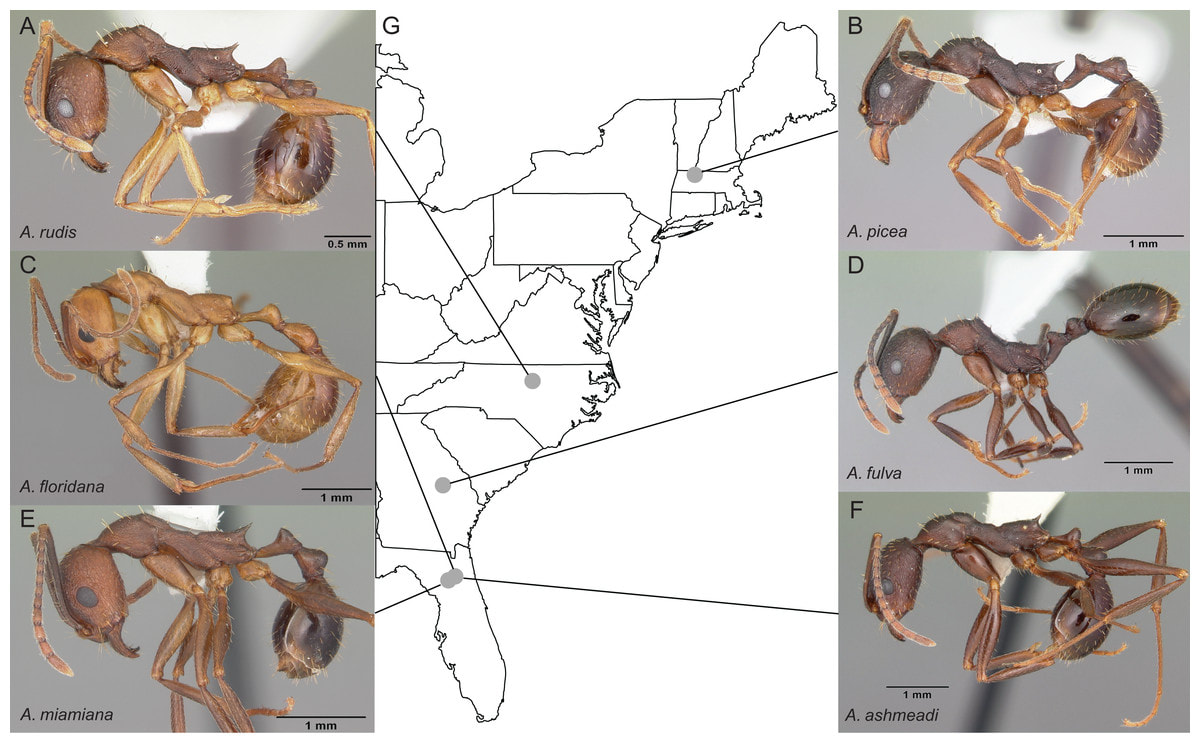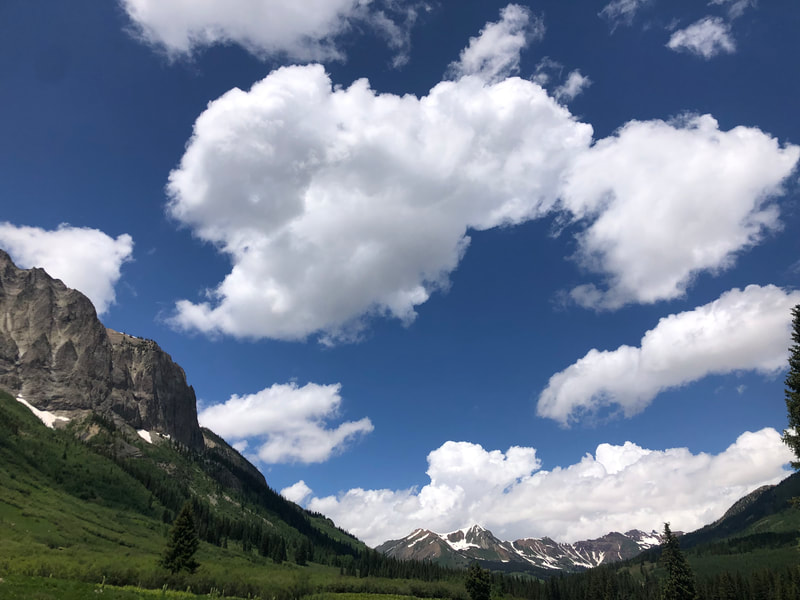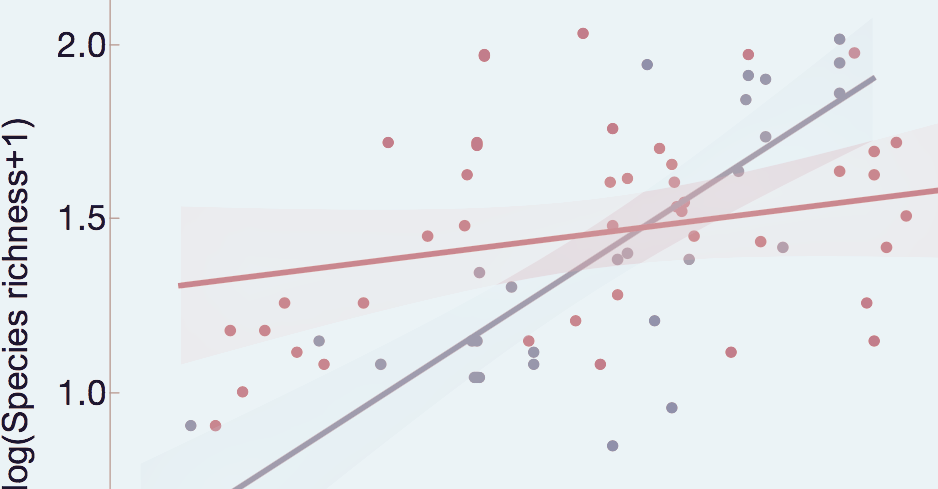|
In work led by Imran Khaliq and Christian Hof, we related experimentally measured critical thermal maxima, critical thermal minima and thermal tolerance breadths for 15,187 individuals belonging to 116 species of ants, beetles, grasshoppers, and spiders from mountain ranges in central and northern Pakistan to the limits and breadths of their geographic and temperature range.
0 Comments
This paper, led by Jamie Kass, Benoit Guenard, and Evan Economo, along with an all-star cast of ant biodiveristy-ologists, is really the state of the art in global-scale biodiversity science. It's also in many ways a culmination of a lot of work by a lot of people over the years. Having said that, we hope the treasure maps inspire folks to get out out with their collecting gear and continue to discover and document ant biodiversity! News story here.
Superstar (former) undergrad Carrie Finkelstein led a really cool paper asking whether flowers with Na-enriched nectar were visited more frequently by pollinators. Read the paper in Biology Letters to find out. Alternatively, you can read the reports in Science or Nature.
Postdoc in Global Change and Collective Behavior in Ants
We invite applications for a postdoctoral scientist to join a collaboration between Deborah Gordon (Stanford University) and Nate Sanders (University of Michigan) aimed at understanding how global change drivers influence collective behavior in ants. The position is available for up to two years contingent on availability of funding and continued satisfactory performance. The postdoc could be based at Stanford University, the University of Michigan, or, in some cases, elsewhere. But extensive field work should take place in at established field sites in California, Arizona, Mexico, and/or Michigan. There may be opportunities to develop additional independent research projects within the framework of the project. We are looking for people with experience in ant ecology or behavioral ecology, good analytical skills, and a demonstrated record of creative research as evidenced by papers in peer-reviewed journals. Candidates should hold, or soon have, a PhD. To apply, send, as a single PDF [saved as Lastname.Firstname.pdf], a cover letter, CV, a brief research statement summarizing previous research and outlining a potential project on the impacts of global change on collective behavior, and the names of three references to both [email protected] and [email protected]. To receive full consideration, applications should be received by January 5, 2022. Review will continue until the position is filled. The ideal start date will be Spring 2022. Here's another paper from the Ant Warming experiment we did at Duke Forest and Harvard Forest. This one was led by the then undergrad Jacquelyn Fitzgerald.
Really fun fieldwork (or so I'm told) led to lots of interesting results in this paper led by Case Prager. It's open-access, so go check it out here.
Led by Dan McGlinn, this paper extends a framework for decomposing the drivers of spatial variation in biodiversity.
Both of these papers were a lot of fun to polish and submit for a Special Feature on Ant Ecology and Biogeography! Both are OA. Nice work JP and Lacy!
Chick LD, Lessard J-P, Dunn RR, Sanders NJ (2020) The coupled influence of thermal physiology and biotic interactions on the distribution and density of ant species along an elevational gradient. Diversity 12:456 Lessard J-P, Stuble KL, Sanders NJ (2020) Do dominant ants affect secondary productivity, behavior and diversity in a Guild of Woodland Ants? Diversity 12:460 Here's an exciting new collaboration with a stellar team of invasion ecologists from around the world, led by Franz Essl and Bernd Lenzner, published in Global Change Biology.
Dr. Julie Sheard, celebrating with Xim Cerda, Rob Dunn, Nate, and Kate Parr. Her thesis was a wonderful mix of biogeography, community ecology, and citizen science.
Great trip to Okinawa where I got to work with some of my idols, talk ants, and eat great food.1/23/2020 Ant biodiversity workshop in Berkeley, where Nate knows the least amount about ants in the group10/8/2019 Thanks to the amazing work of Matt Lau (who I've known since he was an undergrad at Humboldt State in 2003), we know more about how one of the coolest genera on the planet might respond to climate change. The work came out recently in one of my favorite OA journals - PeerJ.
It's been a while since I've posted something here, but lots has happened. The group and our collaborators have published a series of papers on the usual topics - ant macroecology, alpine ecology, global change, and (in a twist) coral reefs, among other things. Check out the updated publications page here. And we've posted a few new photos here (and below).
We struck out in the field today. That happens. Long story short: site still under about two feet of snow. Flat tire. Broken lug nut. But, the view was still beautiful. And note the "watermelon" snow, which is caused by an algae.
Josefine defended her cool thesis on the effects of temperature and dominant plant species on plant community structure in the Alps. Not surprisingly, she did a wonderful job.
It's been a while since I've posted here because life has intervened. We've now (mostly) relocated to the University of Vermont. It's taken time to get settled, but things are great. Especially now that I've been skiing a few times.
Niklas presented and defended his thesis on urban ant macroecology this morning. It's a unique dataset that's going to lead to a really cool paper very soon, we promise!
|
Archives
November 2023
|





























